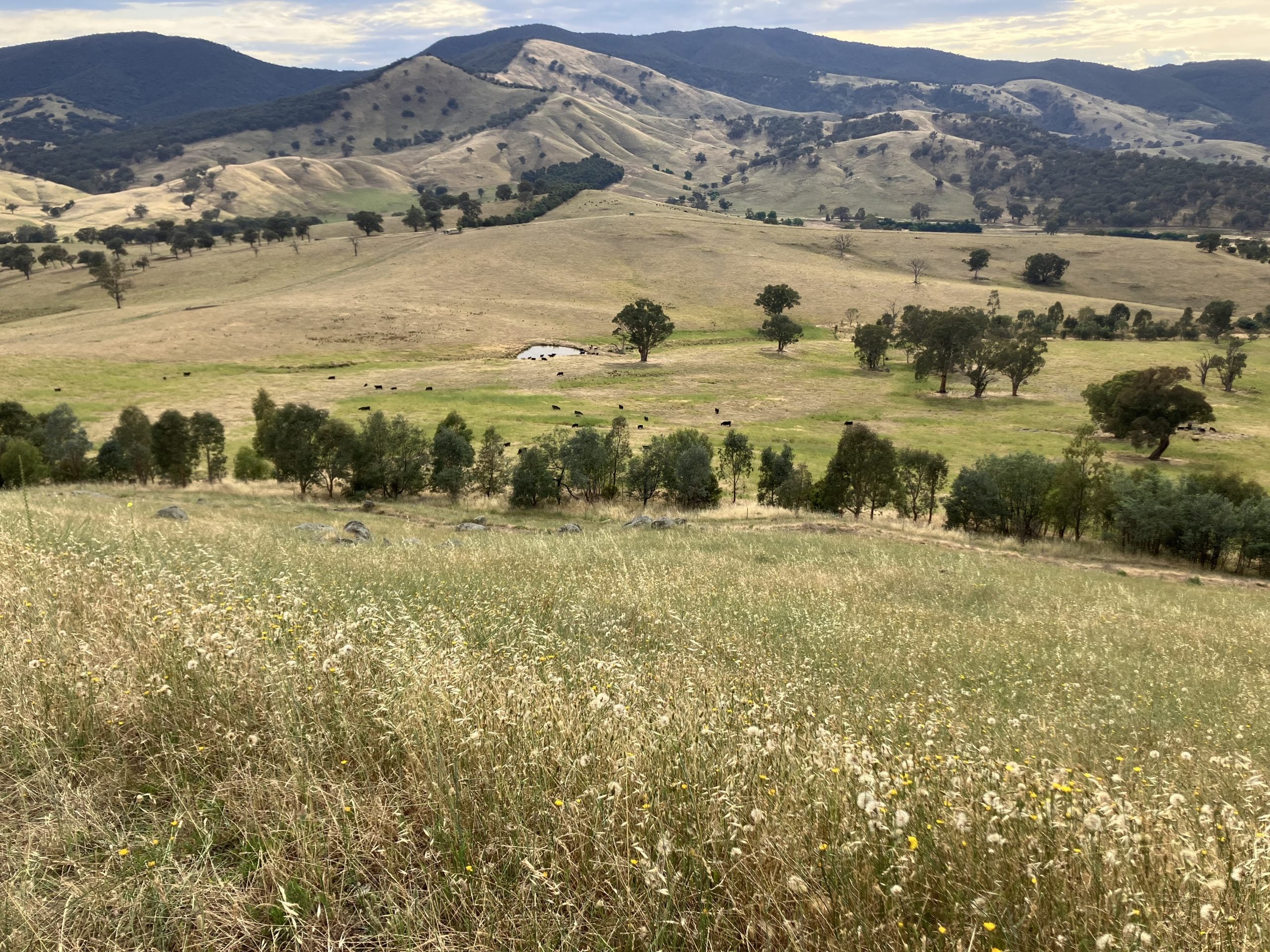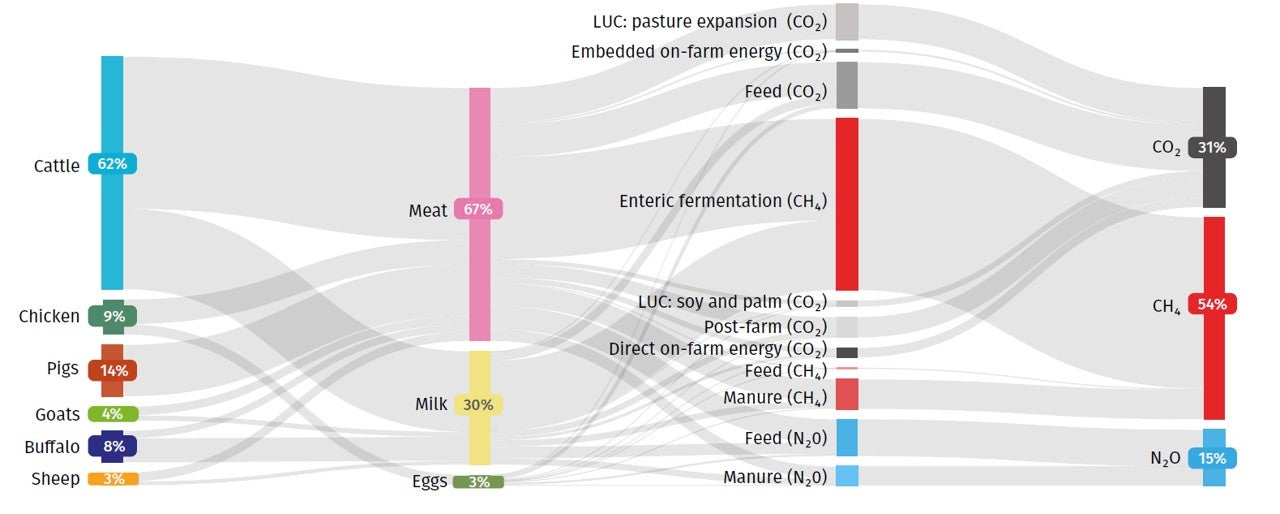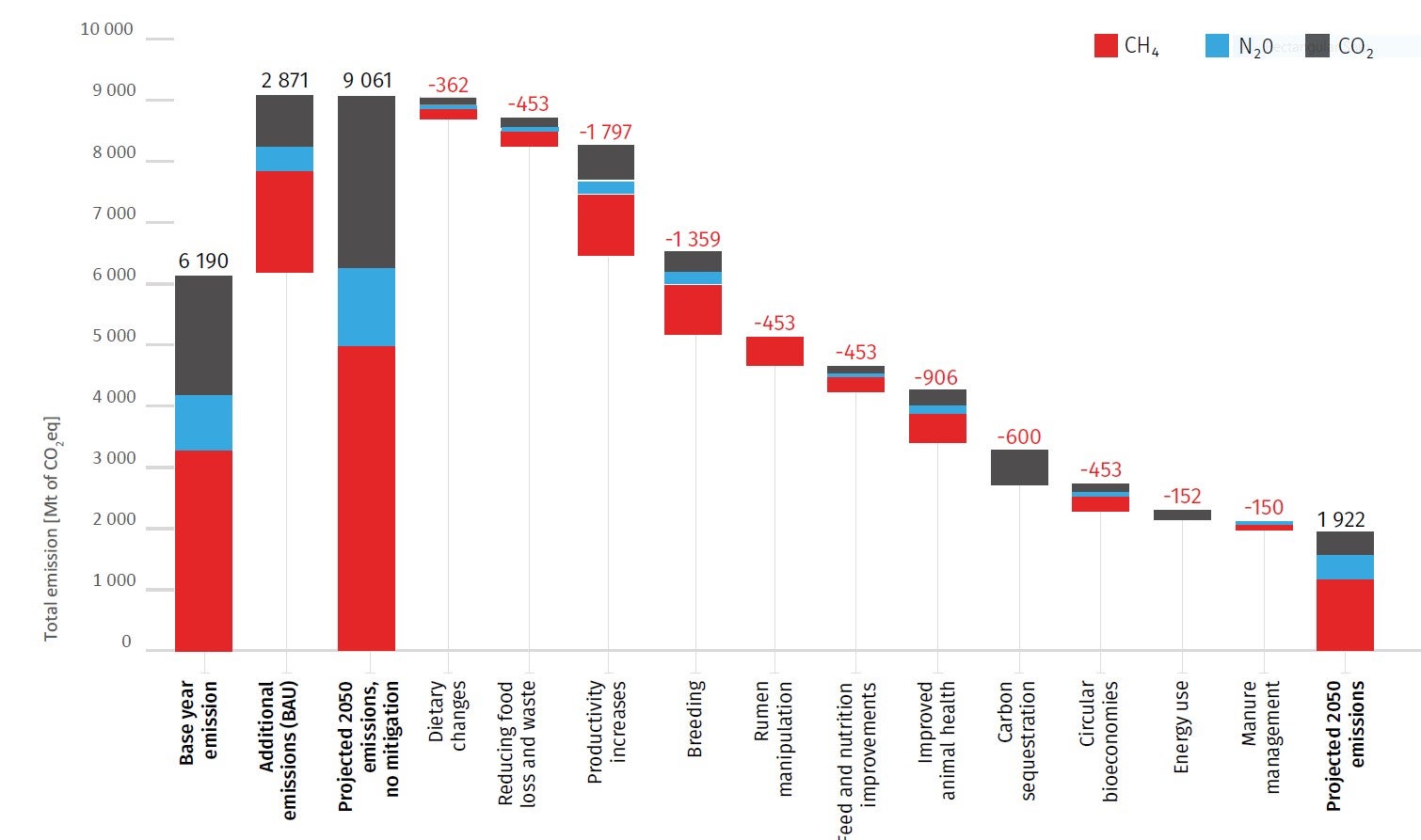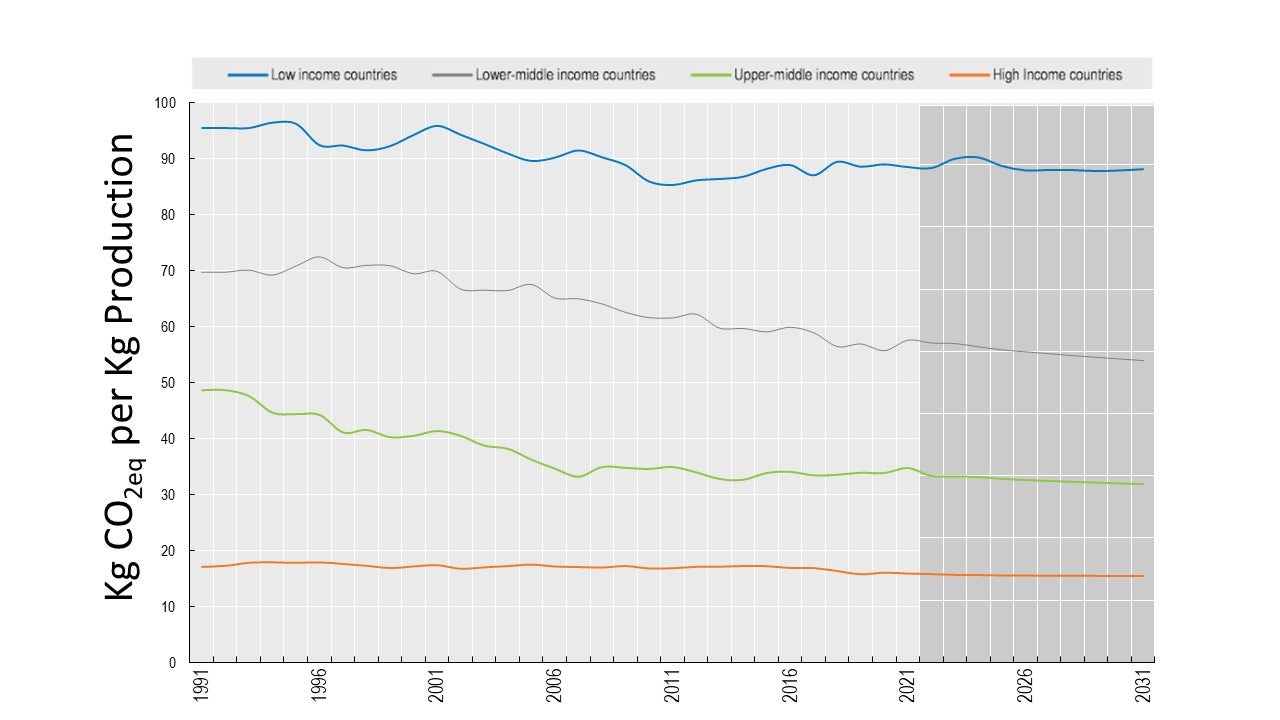AMAZING. Today the Australian Government Department of Industry, Science, Energy and Resources announced it is funding the Cooperative Research Centre (CRC) for Zero Net Emissions from Agriculture (ZNE-Ag) to the tune of AUD $87 million to further develop and scale up technologies to reduce methane emissions from grazing cattle and sheep, and to improve crop quality and production. The same week that the FAO released a report at COP28 to map pathways towards lower livestock emissions through the support of application of best practices in animal management such as reduced time to market. It is a Christmas miracle.
This ZNE-Ag agricultural sector-led public-private partnership has secured AUD $300 million in funding over 10 years which, in combination with the Federal Government’s contribution of $87 million, makes it the largest CRC in the program’s history. This ZNE-Ag was brokered by The University of Queensland and Queensland Department of Agriculture and Fisheries and involves a consortium of 73 partners across industry, education and government. The collaboration includes 16 major industry groups, all six state governments and the Northern Territory, 10 universities, 3 Indigenous organizations and many small and medium enterprise (SMEs) and grower groups.
There are four research programs including plant and animal production systems, deriving value from net zero, whole-farm and mixed enterprise systems analyses, and a fifth cross-cutting education, training and adoption program to integrate all the science emerging from the CRC to provide farmers with the guidelines, resources, metrics, and benchmarking tools required for a profitable transition to net-zero emissions. Agriculture and land management more broadly have the unique potential to drive down emissions within the agricultural sector.
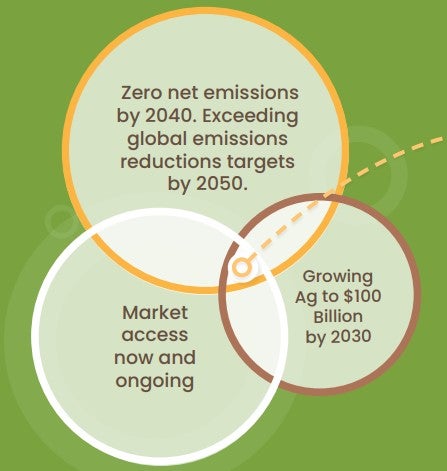
Figure 1. The ZNE-Ag CRC will harness and coordinate rapid research, development and adoption of science and technology-led solutions at scale.
The ZNE-Ag CRC’s strategy is designed to ensure Australia’s agricultural sectors increase their economic viability, profitability and long term asset building as they simultaneously implement strategies and actions to meet and exceed emissions reduction targets by 2050. As importantly for economic sustainability, are plans to grow the agricultural sector value to $100 billion per annum by 2030, and maintain food and ag sovereignty, and market access (Figure 1).
This project is particularly good news for pastoral systems. Emissions from animal production account for 78 percent of Australia’s agriculture emissions. Most of that (88 percent) is methane from enteric fermentation derived from ruminants. There is a lot of dryland in Australia that is not suitable for the production of food, or feed for monogastrics. In 2017-18, ten times more land (328 million ha) was used for grazing than was used for crop production (31 million ha).
There is often some talk of eliminating ruminants from these landscapes due to their high emissions intensity, discounting their magic superpower of producing more high-quality protein & micronutrients than they consume thanks to the cellulose conversion enabled by their gut microbes. However, what would become of that land with no other productive food use? Would it become fodder for fires where ironically the emissions would be considered transient as they return to the pre-fire level relatively quickly? Overrun by invasive plant and animal species? And what of the agricultural community that is built up around those properties?
Fortunately, the low-emissions animal solutions research program of the ZNE-Ag CRC headed by Research Director Professor Ben Hayes, plans to address the methane challenge in pasture systems that account for 90 percent of livestock production by the development of novel animal and plant genetic and management approaches to reduce CH4 production, and propose to research and develop an evidence-based whole of system approaches to tap into the sequestration potential in large pasture-dominated landscapes.
Ultimately the ZNE-Ag CRC aims to “create large scale action through integrated frameworks to accelerate industry-led research, development, adoption and commercialization of science and technology-based solutions at scale. As reflected in the CRC structure and program design, the efforts are co-designed with industry and government partners and focussed on where the most benefit can be achieved” Notice the emphasis on including stakeholders in problem-identification, and outcome-focused research. And what excites me is that education, training and adoption (aka extension) is actually baked into the pie (layer 5), rather than an afterthought to the research (Figure 2). Demonstration sites will provide a hub for sector-wide outreach and engagement that is both feasible and accessible to drive adoption of emission reduction activities, methods and initiatives from the CRC.
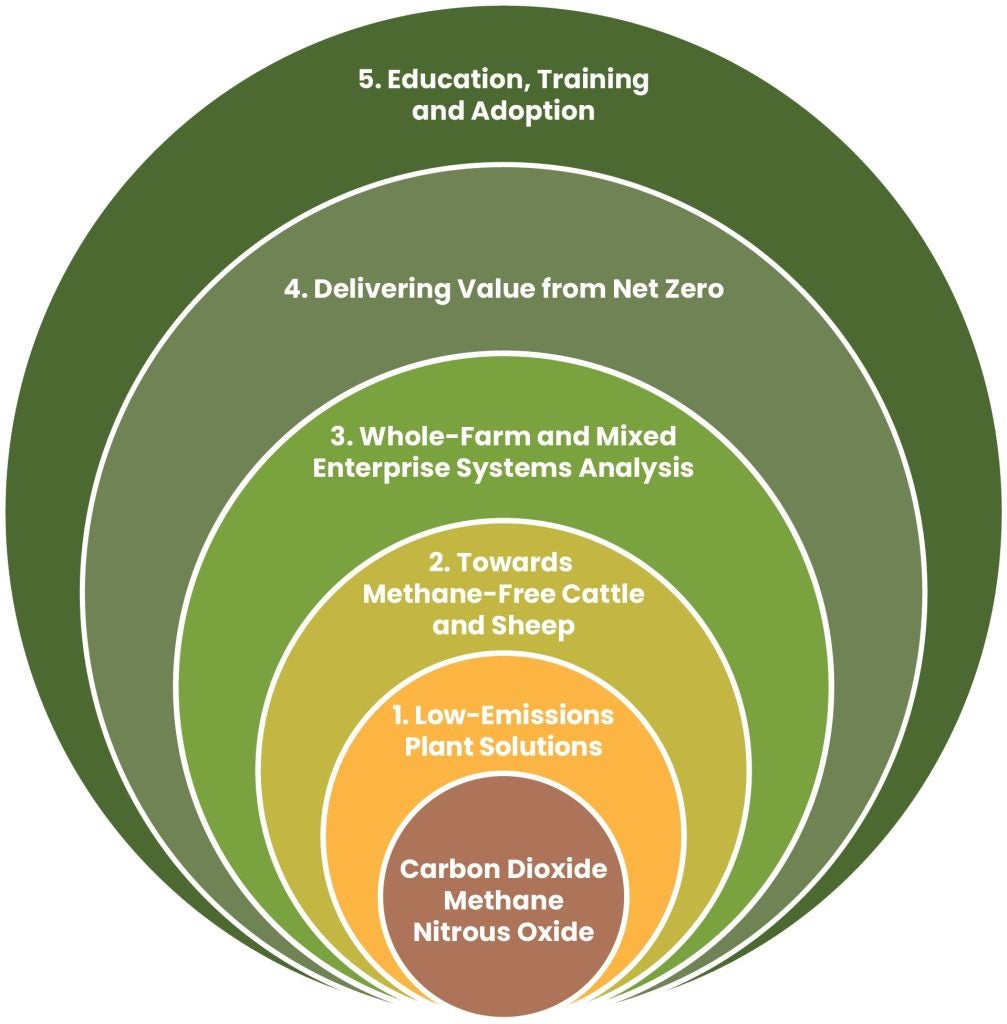
Figure 2. There are four ZNE-Ag CRC Research Programs, and a fifth cross-cutting Education, Training and Adoption Program
In full disclosure I have just spent six months in Australia on sabbatical at Queensland Alliance for Agriculture and Food Innovation (QAAFI) housed within The University of Queensland and so I am excited to see this CRC funded. I have seen the positive outcome of previous CRCs. For example, the Sheep CRC started in 2001 and by its completion in 2019, the gross value of the Australian sheep industry was more than $8.6 billion. In real terms this represented an increase of almost 50% compared to 2001, despite the national flock decreasing in size by more than 40% over this period. On a ‘per sheep’ basis the real gross value of production had increased 2.6-fold.
During my time in Australia, I had the opportunity to meet with a variety of livestock producers, mostly those running ruminants on non-arable land. I recently had the pleasure of speaking at a Holbrook LandCare event in southern New South Wales. This Landcare Network is a not-for-profit community network. It manages a range of agricultural and Natural Resource Management projects to deliver information and support the community, predominately farmers. They support farmers in achieving environmental care and improved management; the adoption of sustainable and productive agricultural practices and the support of innovation. Sounds a lot like the ZNE-Ag CRC’s goal of taking science and innovations to the farmer.
The vision of the Landcare Network is to foster “an economically and socially resilient rural community demonstrating strong environmental stewardship”, and their membership is comprised of farmers, many livestock producers raising sheep and cattle on rain-fed, undulating land, teeming with biodiversity, and with no other productive food use.
Such land is the backbone of rural Australia – not to mention an economic powerhouse for the nation. These are the types of communities that are keen for answers and eager to adopt emissions reducing technologies that are evidence-based and cost-effective for their operation. They will most benefit from the outcomes of the ZNE-Ag CRC, and networks such as LandCare would be obvious conduits for dissemination for the types of evidence-based emission reduction activities, methods and initiatives developed by ZNE-Ag CRC.
What is refreshing about the ZNE-Ag CRC is that it is leveraging talent from all over Australia (16 major industry groups, all six state governments and the Northern Territory, 10 universities, 3 Indigenous organizations and many SMEs and grower groups) and collaborating with farmers to use science and innovation to meet and exceed emissions reduction targets, while ensuring Australia’s agricultural sector remains economically viable. If history is any guide, the return on this investment in agricultural innovation will be many fold the sticker price, in addition to the emissions reduction. The ZNE-Ag CRC is a wonderful early Christmas present for Australian agriculture.

